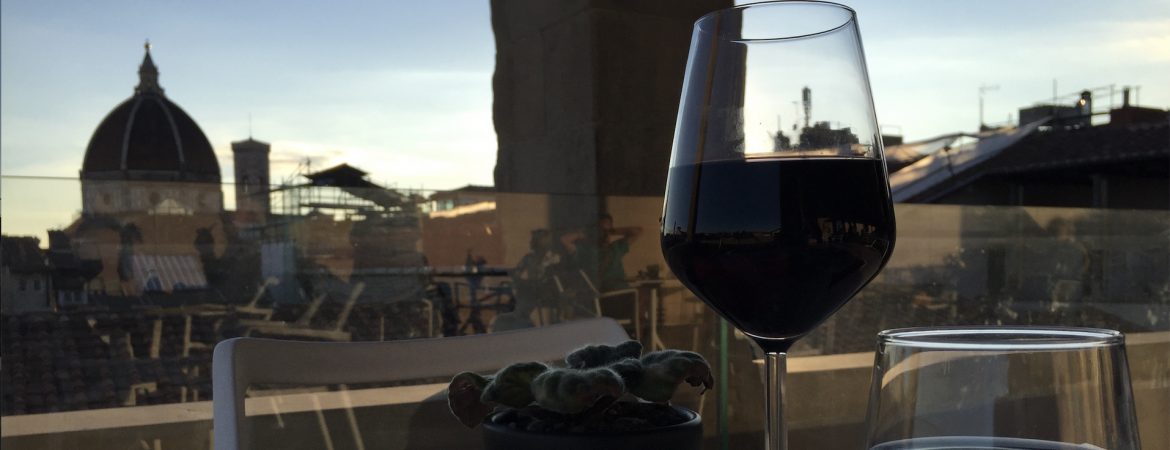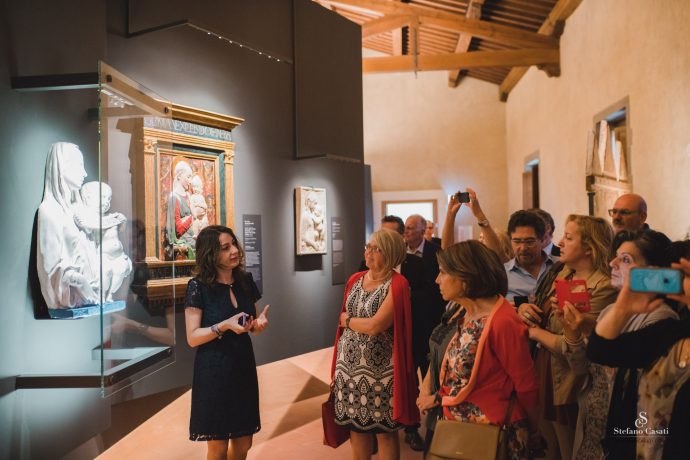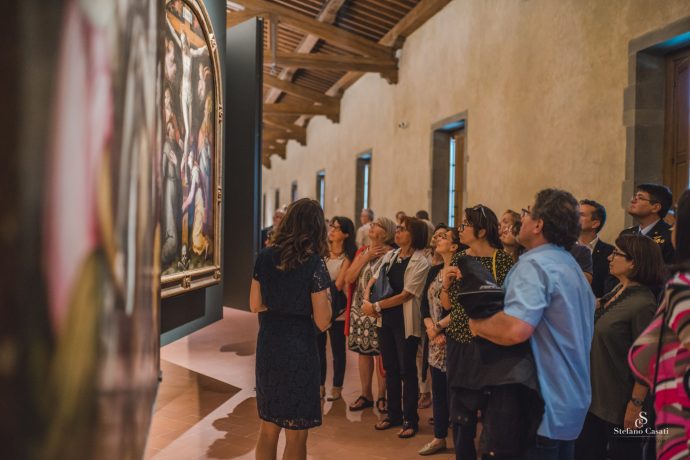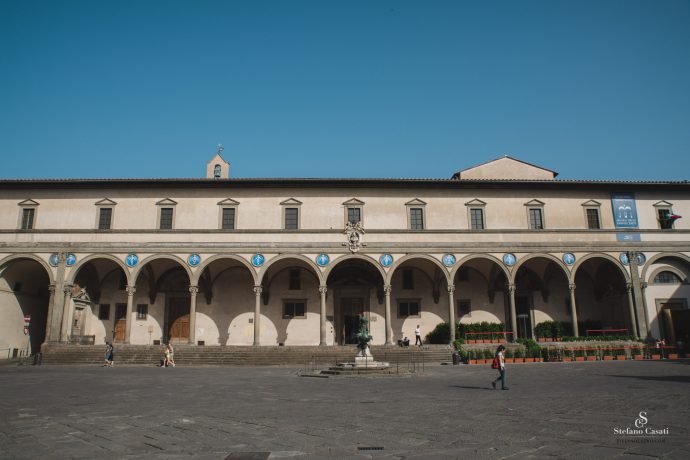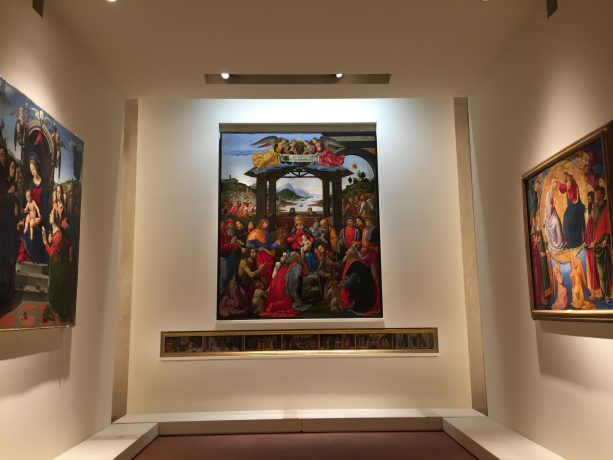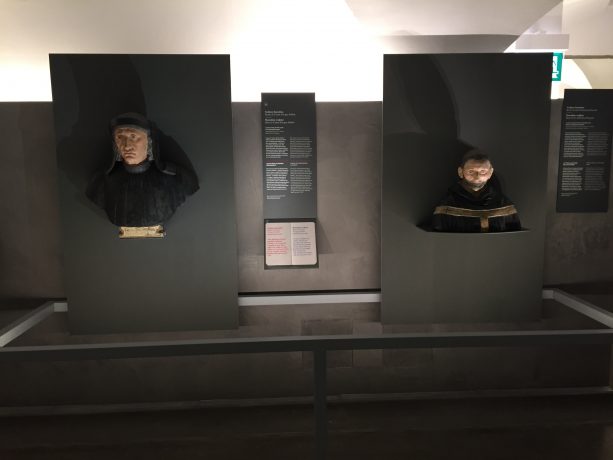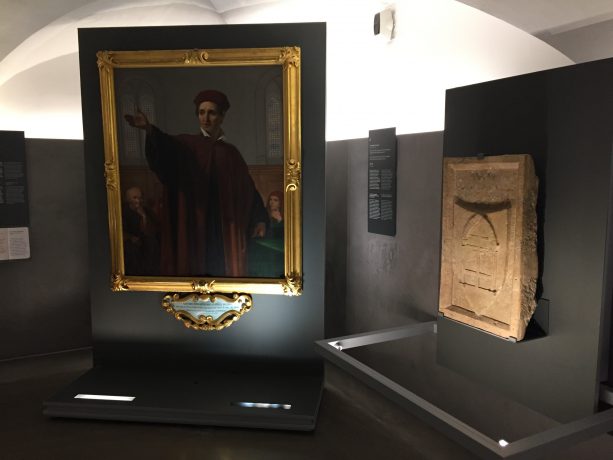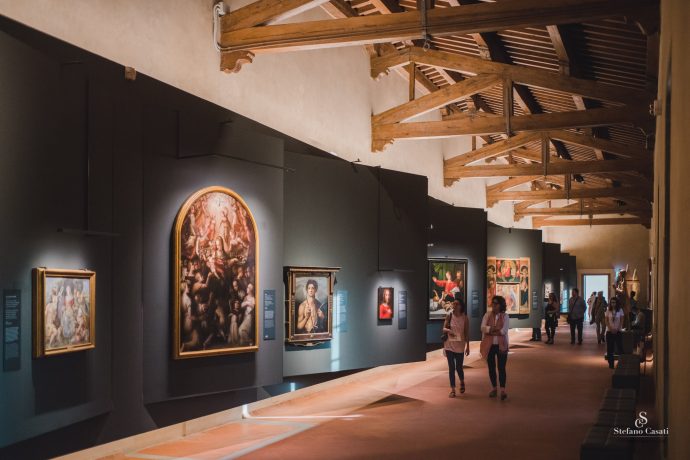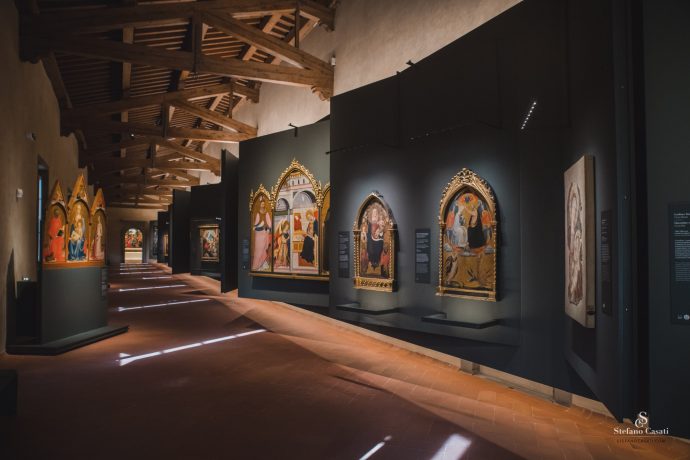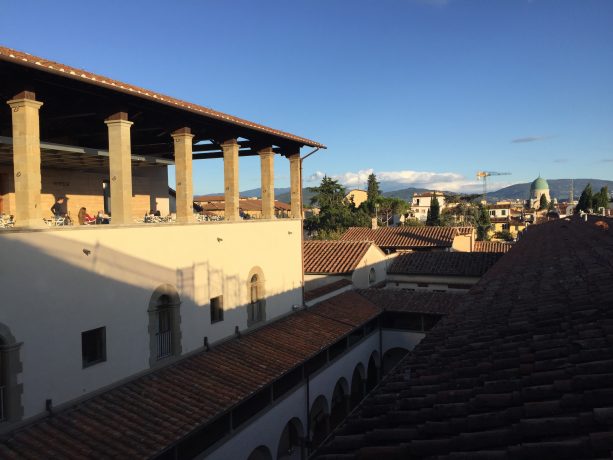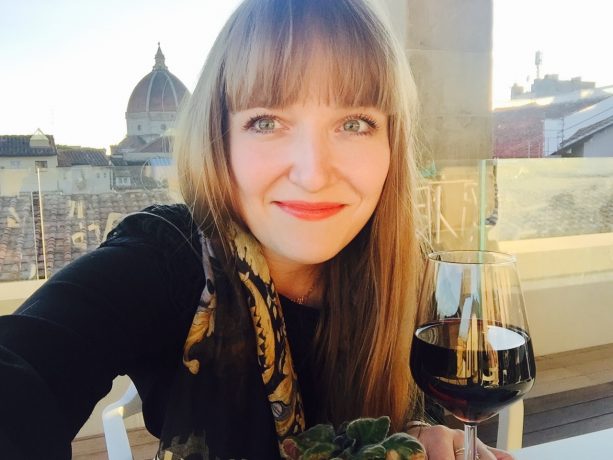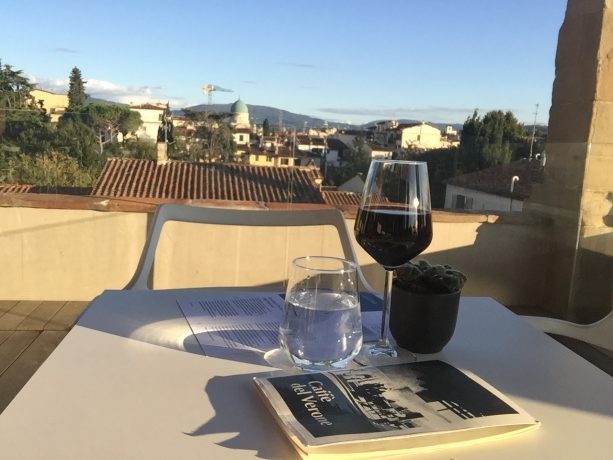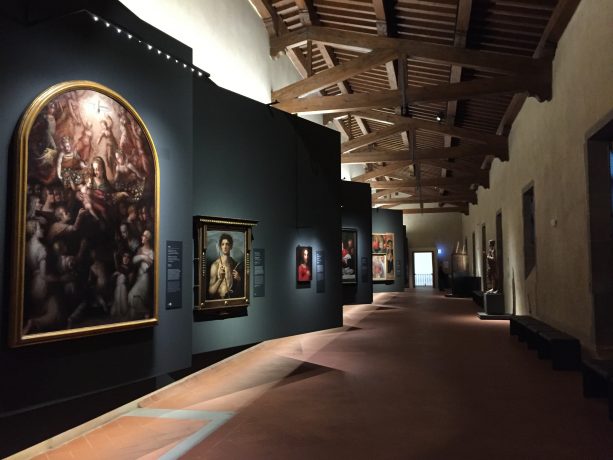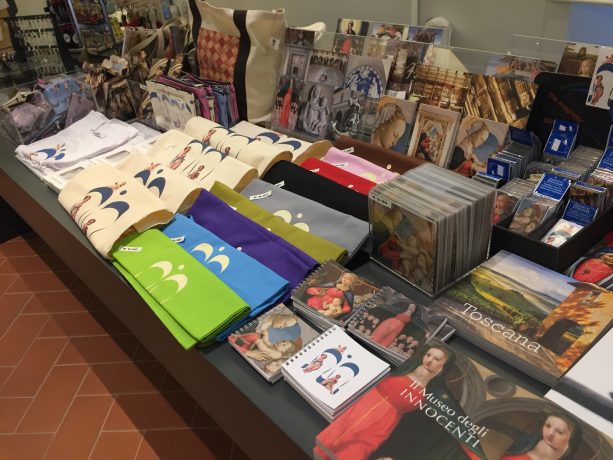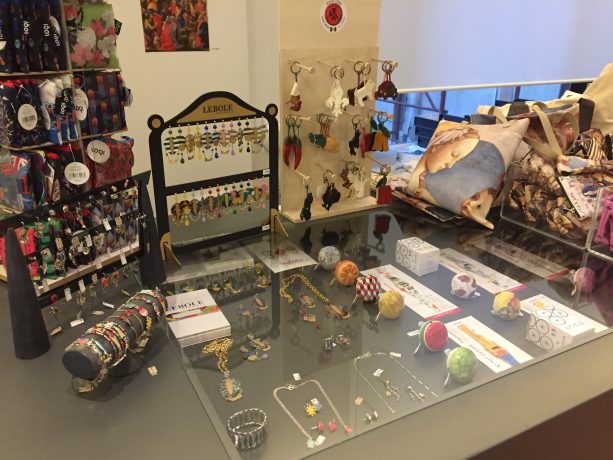The latest addition to the growing number of Tuscany’s new museums is the Museo degli Innocenti, or the Museum of the Innocents. Please note that in Italian “Innocenti” means more than just innocent – it is also a name traditionally given to foundlings.

Museum building was home to the hospital owned by the oldest Italian public organization dedicated to education and protection of children – Institute of the Innocents. In the 1400s, the Institute commissioned a foundling hospital, where children could be abandoned anonymously. The first child was received on February 5, 1445 and the last baby arrived on the night of June 29, 1875. After that the “baby-box” was closed and the hospital became an orphanage.


The Institute has carried its mission through centuries and today focuses on promoting children’s rights. This commitment led to the creation of the Museum of the Innocents that opened its doors in 2016.


This multidisciplinary museum tells the 600-year-old story of the Innocents through works of Italian Renaissance, including some of the most significant artists of their time – Sandro Botticelli, Luca della Robbia and Domenico Ghirlandaio. This museum is an experience, sometimes heart-breaking, but ultimately inspiring.


Maternity and childhood take centre stage in the Museum of the Innocents. Paintings and sculptures eternalize the orphans and help tell their stories. The Museum’s modern layout features digital material and offers three themes – history, architecture, art – that together create a unified narrative.
Thanks to the exceptional archive, the Museum could rebuild the lives of almost all children taken in by the institution. Today we can not only learn how they were brought up and how they passed their time from 1400s to 1800s, but also see what they came to be after they had left and even hear their recorded voices.


The most touching aspects are the 140 boxes containing a selection of 18th and 19th century identifying marks and tokens (half of a cheapest coin, half of a golden crucifix, ribbons, buttons, etc.) that were often left with the children, so parents could recognize them in the event they would come back for their babies.
Going up to the 5th floor make sure to visit the café – spacious terrace, excellent choice of food and wines, friendly service and a view almost equal to the famous Uffizi restaurant balcony. In some respects, it is even better than Uffizi, first of all, because it is almost empty and you don’t feel you are in a busy museum cafeteria, you are in a proper restaurant where you can sit down, enjoy the views the reflect on the Museum collection.

The Museum is away from most of the tourist haunts and is a hidden gem (at least for now), but we put it on our Must-see list because it offers a greater cultural understanding of Italy, its history and its art, as well as great café.
Tip: If you can go for Italian-language audio guide, we suggest do that, the English one is not that impressive.
The gift shop is great place to pick up quality gifts.
Fact: Architect of the now-Museum Flippo Brunelleschi is known for the cupola of Florentine Duomo.
Price: 10 Euro with audio guide
